

Mold Remediation
If your home or business is at risk of mold due to water damage or fire damage, our company offers free mold estimates. We can be onsite within a few hours to help you dry out your home and prevent a potential mold growth issue right away.
We pride ourselves on our dedication to customer education, service, and our adherence to national standards and best practices.
For a free mold removal or remediation quote by one of our certified specialists in the local area, call today! Remember, if you have signs of mold growth in your home, it is important to first contact your local mold testing professionals to identify the issue.
Why choose SRS GLOBAL SERVICES?
-
Free Estimates
-
Industry Certified
-
State-Of-The-Art Equipment
-
Safe EPA-Approved Treatment Solutions
-
Direct Insurance Billing
-
Licensed & Insured
Do you have a mold damage emergency?

Who's at risk?
People at high risk from mold spore exposure:

Individuals with Asthma or Allergies
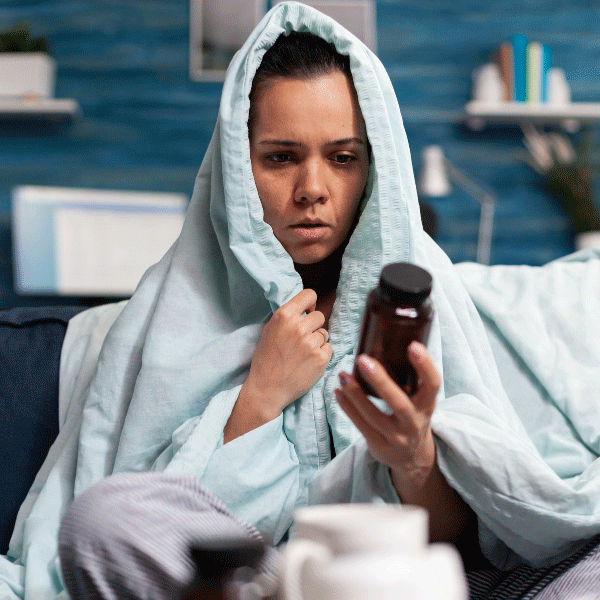
Individuals Taking Medication

Pregnant Women

Children 6-12 Years Old

Infants
How Mold Grows & Causes Damage
Mold Grows Quickly: Mold needs only moisture, temperatures above 40 °F (4 °C), and organic material to survive. Mold can grow in 24-48 hours, preferring areas with no sunlight, limited airflow, and little disruption.
Cleaning Visible Mold is Not Enough: Mold can grow in fiberglass insulation, on top of ceiling tiles, inside ducts, behind drywall panels, in wall cavities, and behind wallpaper. Even when it's visible, it's often impossible -- even for an expert -- to tell the difference between mold, soot, and dirt without testing. The mold you can see is just the beginning, and some of it is extremely hard to find!
Mold Cleaning is Hazardous: It only takes 3-5 mold spores to cause an allergic reaction, and some molds contain mycotoxins that are carcinogenic or deadly. Vibrations and movement will cause mold to release its spores.
Mold Destroys Your Home: Professional Builder Magazine warns that mold will dramatically lower the value of your home. A home worth $250,000 can easily have $100,000 in mold problems and will be difficult to sell at any price. Additionally, mold can lead to serious structural damage to your home.
Bleach & Detergent Will Not Eliminate Mold: Bleach and detergent are useful for removing mold on nonporous surfaces. However, materials such as ceiling tiles, carpeting, and wallboard will have deep mold penetration and may need to be replaced. Removed mold will regrow if all sources of moisture and humidity are not eliminated.
Mold Removal Requires Professional Equipment and Training: Mold removal experts have a variety of state-of-the-art equipment that they use to identify sources of moisture, dry out wall cavities, and safely remove mold that is growing in your home. Samples of mold may be analyzed in a laboratory to identify potentially toxic strains, and special cleaning agents may be used to restore the property.
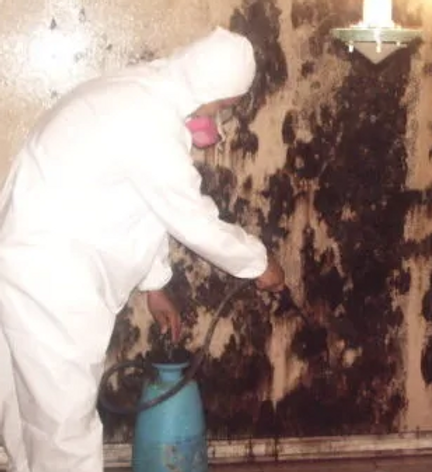
Microscopic mold spores exist naturally almost everywhere, indoors and outdoors, so removing all mold from a home or business is impossible. Some restoration businesses advertise “mold removal” and even guarantee to remove all mold, which is a fallacy. Consider the following mold facts:
Mold Facts
-
Mold is present almost everywhere, indoors and outdoors.
-
Mold spores are microscopic and float along in the air, and they may enter your home through windows, doors, or AC/heating systems or even hitch a ride indoors on your clothing or a pet.
-
Mold spores thrive on moisture. Mold spores can quickly grow into colonies when exposed to water.
-
Before mold remediation can begin, any sources of water or moisture must be addressed. Otherwise, the mold may return.
-
Even higher than normal indoor humidity can support mold growth. Keep indoor humidity below 45 percent.
Understanding The Mold Remediation Process
Every mold damage scenario is different and requires a unique solution, but the general mold remediation process stays the same.
The steps listed below illustrate the “typical” process:
Our team of experts has over 20 years of experience in helping governmental and commercial marketplace clients in maintaining safe and healthy facilities. No matter what your needs may be, we can deliver a customized mold remediation solution that protects and restores your property.
Contact us today at (833) 733-7800 or fill out the form on this page.
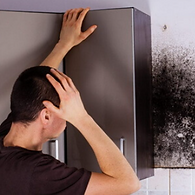
Step 1
Emergency Consultation
The mold cleanup and restoration process begin when you call our mold remediation specialist to complete a FREE consultation that includes answering a series of questions to help us determine the necessary equipment, resources, and personnel needed to respond to your emergency request.
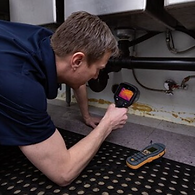
Step 2
Inspection and Mold Damage Assessment
Water damage is not biased to what gets damaged and what doesn’t. For example walls, wood components, contents, flooring, and insulation may all be damaged when in contact with water. Therefore, our technicians will evaluate the extent of the damage using advanced professional moisture detection equipment that will provide the data required to create a customized drying formula that is specifically developed for your environment to remove the source of your mold growth as efficiently and quickly as possible by utilizing the right tools, equipment, and methods.
Monitoring the equipment is important but so is monitoring the air being dried which is the invisible part of this whole process technically called “Atmospheric Readings” these are taken with RH units called hygrometers this tool will let us know that we have the affected air at optimum drying conditions to dry the building material in the quickest time possible.

Step 3
Mold Containment
We use various containment procedures to prevent the spread of mold. We may use advanced containment procedures like negative air chambers to isolate the contaminated area with physical barriers and negative air pressure to keep the mold spores from spreading during the cleanup process. All fans and heating and cooling systems will be turned off to prevent the spread of mold.

Step 4
Air Filtration
Our specialized filtration equipment allows our Professionals to capture microscopic mold spores out of the air. We utilize powerful “air scrubbers” and HEPA vacuums to prevent the spread of these mold spores while mold remediation is in process.
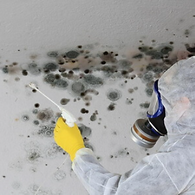
Step 5
Removing Mold and Mold-Infested Materials
The mold remediation process depends on the amount of mold growth and the types of surfaces on which the mold appears. Our mold professionals use antifungal and antimicrobial treatments to eliminate mold colonies and to help prevent new colonies from forming. Removing and disposing of mold-infested porous materials, like drywall and carpeting, may be necessary to remediate heavy mold growth.
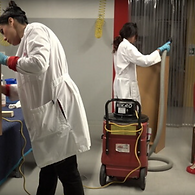
Step 6
Cleaning Contents and Belongings
Our professionals clean your furniture, decorative items, curtains, clothing, and other restorable items affected by mold. They use a variety of cleaning techniques to clean and sanitize your belongings. They’re also trained to remove odors and deodorization using fogging equipment.

Step 7
Restoration
Depending on the level of mold damage, drywall, subfloors, and other building materials may be removed. Restoration may involve minor repairs, such as replacing drywall, painting, and installing new carpet; or it may entail major repairs such as the reconstruction of various areas or rooms in a home or building.

